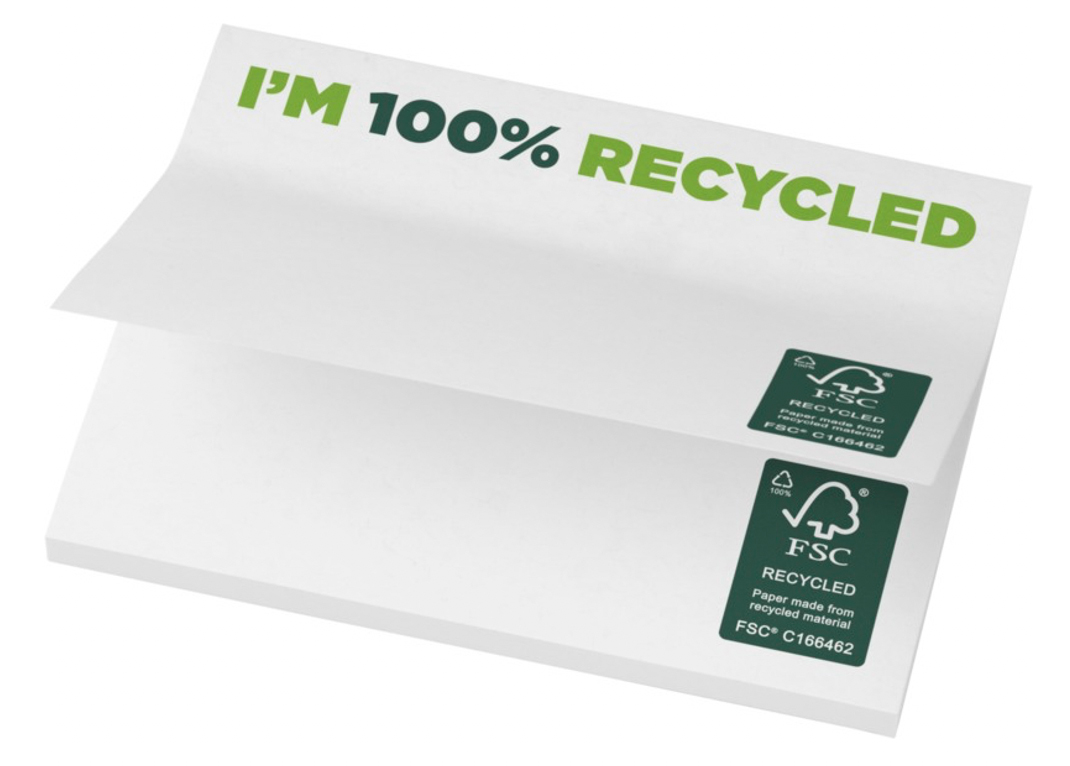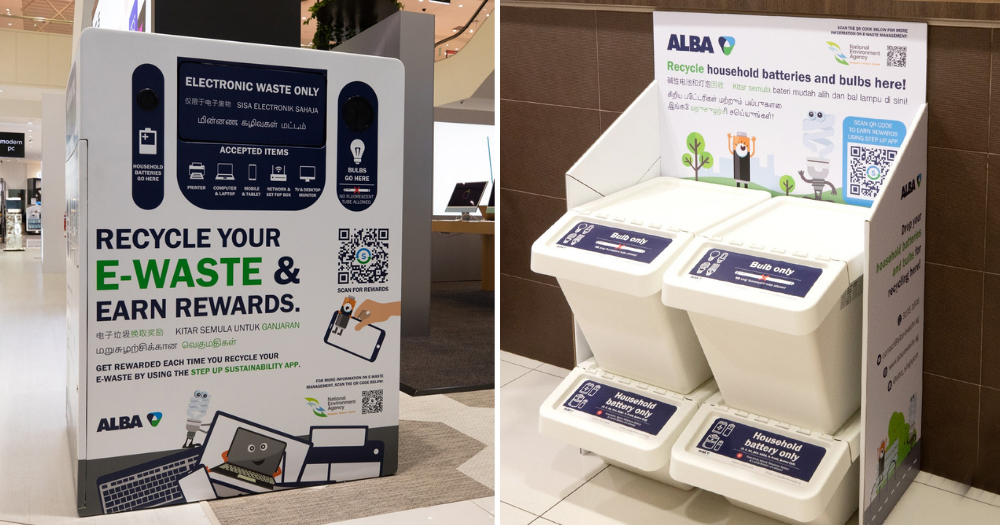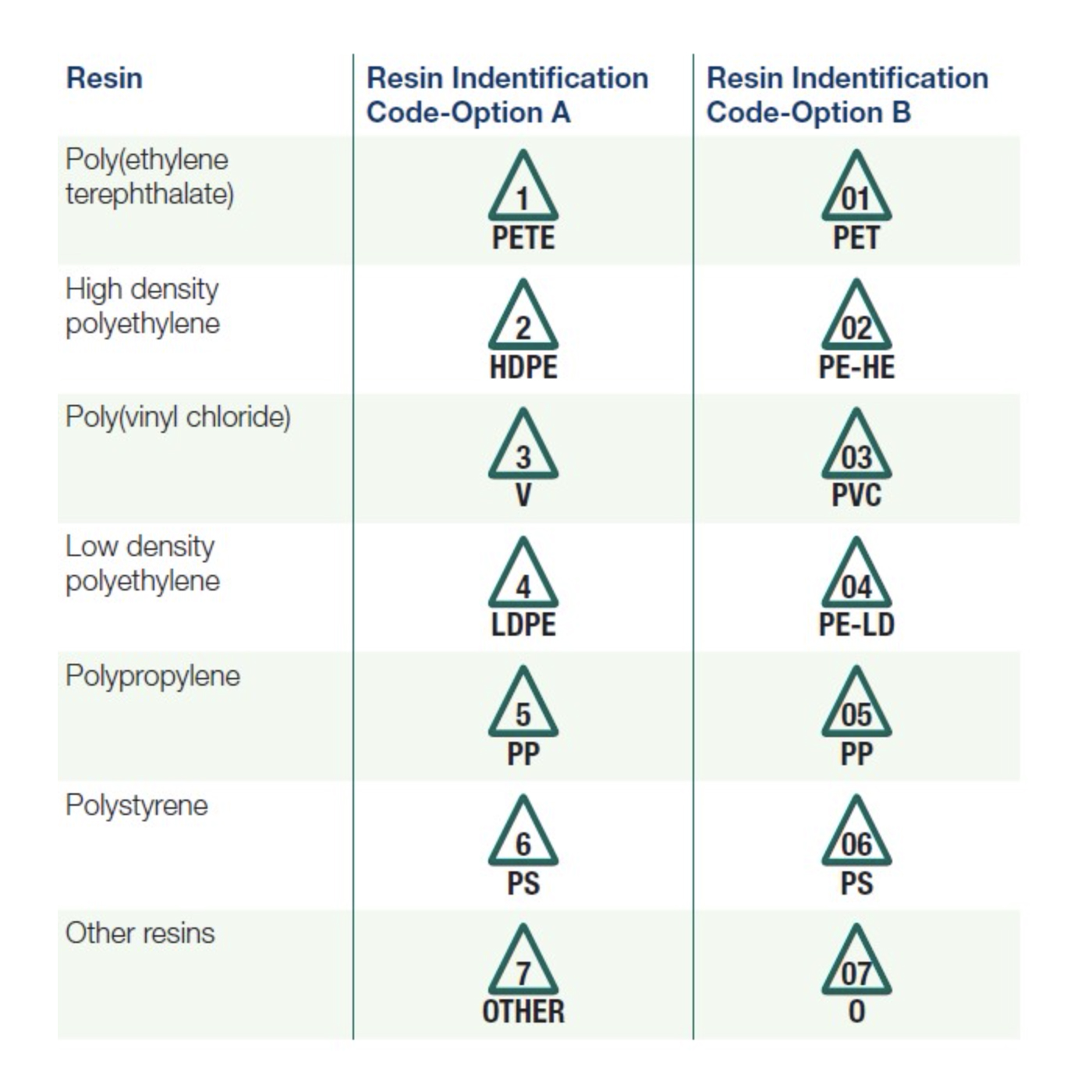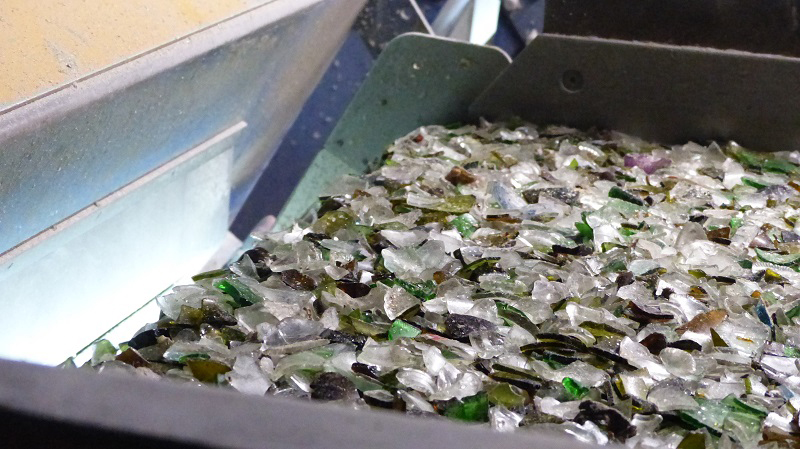
For Vietnamese language Click Here
Deciding to recycle items is just the first step, you also want to make sure the items are recycled correctly. Below you will find common recyclables and the best options to recycle them.

Paper makes up 23 percent of municipal solid waste (trash) generated each year, more than any other material. This recovered paper is used to make new paper products, saving trees and other natural resources. Most community or office recycling programs accept paper and paper products. Check what your community or office program accepts before you put it in the bin. When you go shopping, look for products that are made from recycled paper.

Although batteries are recyclable, most batteries, including lithium-ion, lithium metal, lead-acid, nickel cadmium, and other rechargeable batteries, should NOT go in household garbage or recycling bins. These waste batteries require special handling and should be taken to household hazardous waste collection bins.
Most community recycling programs accept some, but not all, types of plastics. Look for products made from recycled plastic materials.
What do the symbols mean on the bottom of plastic bottles and containers? These symbols were created by plastic manufacturers to help people identify the kind of plastic resin used to make the container. This can help you determine if the container can be accepted by your local recycling program. The resin number is contained in a triangle, which looks very similar to the recycling symbol.

Photo courtesy of ASTM International.

Glass, especially glass food and beverage containers, can be recycled over and over again. In the United States in 2018, 12.3 million tons of glass were generated, 25 percent of which was recovered for recycling. Making new glass from recycled glass is typically cheaper than using raw materials. Most community recycling programs accept different glass colors and types mixed together, and then glass is sorted at the recovery facility.
Related Blogs you must read:
Eco Friendly Corporate Gifts For Reducing Waste on the Go
Plastic Alternatives for Sustainable Promotional Gifts
Be Part of Plastic Free July by choosing Sustainable Promotional Product for your next Campaign
Return to blog page
